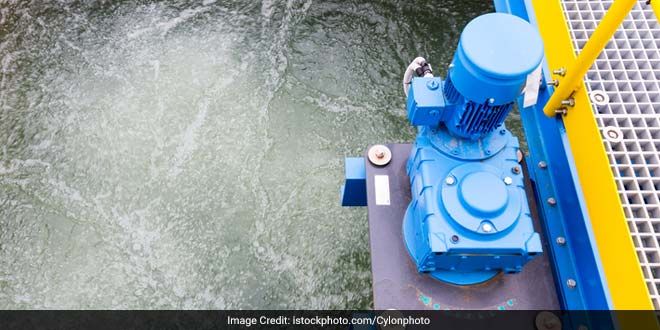Inexpensive Arsenic and Iron Removal from Water
Published on by Dusko Balenovic, Previous Network Manager at The Water Network in Technology
Researchers from the Indian state Assam have designed a simple technology which removes both arsenic and iron from water and costs amazingly little – 1 paisa/l ($0.00015/l).

The invention for arsenic and iron removal has earned them an Indian patent.
The patent was named 'Arsiron Nilogon' – Arsiron, a derivation from arsenic and iron; Nilogon, an Assamese word for removal.
The process is comprised of 2 stages:
- chemical removal – 3 chemicals which act on water
- physical removal – sand and gravel filter.
The setup is customizable according to community or household needs.
What costs most in the invention setup are the plastic containers, taps, sand and gravel.
The chemical treatment includes adding baking soda, potassium permanganate and ferric chloride respectively with stirring between them.
Physical treatment is applied afterwards and it includes the sand-gravel filter.
Potassium permanganate is added until the water becomes purple and this removes the iron.
This treatment method is already applied in Public Health Engineering Department water supply scheme, about 75 schools and several hundred households in Assam.
Arsenic, As, is a chemical element that is found in many minerals, often in combination with sulfur and metals, but also as a crystal.
It is odorless and tasteless. It can enter drinking water supplies from natural deposits in the earth or from agricultural and industrial practices.
Effect of Arsenic on human health: Long-term exposure to inorganic arsenic, mainly through drinking of contaminated water, eating of food prepared with this water and eating food irrigated with arsenic-rich water, can lead to chronic arsenic poisoning. Skin lesions and skin cancer are the most characteristic effects. Non-cancer effects of arsenic can include:
- Thickening and discoloration of the skin,
- Stomach pain,
- Nausea,
- Vomiting,
- Diarrhea,
- Numbness in hands and feet,
- Partial paralysis, and
- Blindness.
Permissible level of Arsenic in drinking water: It should be 10 µg As/ l according to WHO and EPA standards.
Iron, Fe, is a metal and the most common element on Earth, found in the inner and outer core.
Fe2+ 0.04 mg/l can be detected by taste in distilled water.
Permissible iron levels are 0.3–3 mg/l (E. Dahi, personal communication, 1991).
Mean value of iron concentration in rivers is usually 0.7 mg/l, though depending on the region they reach up to 50 mg/l.
Iron in water is not a health hazard. However, pathogenic organisms since they require iron to grow so it can increase the possibility of their presence.
Media
Taxonomy
- Public Health
- Arsenic
- Purification
- Filtration
- Water Access
- Technology
- Filtration
- Arsenic Mitigation
- Water Purification
3 Comments
-
This is not really novel technology. Arsenic is effectively removed by iron oxides as well as by activated alumina and iron modified alumina. The permanganate oxidizes arsenite to arsenate which is easily removed by alumina. If your water is chlorinated it is already in oxidized arsenate form. Iron oxides remove both forms. Iron oxides will also remove lead , which they do not mention.
-
Can this technology be used to satisfy EU regulations of 10 µg As/ l in highly contaminated waters with levels above 200 µg As/ l? What are border constraints for this technology?
-
updated article on ‘Arsiron Nilogon’ http://swachhindia.ndtv.com/low-cost-technology-removes-arsenic-from-water-5524/